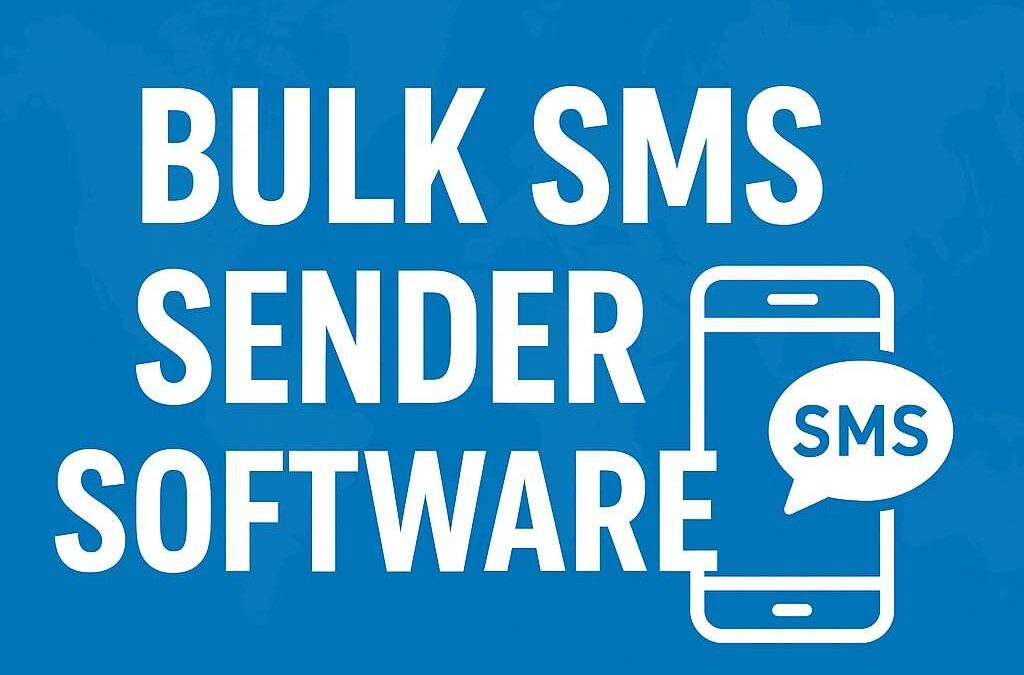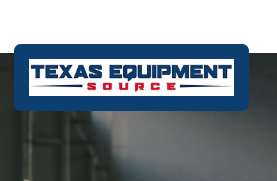Rhinoplasty is one of the most popular cosmetic surgeries worldwide, yet it remains surrounded by misconceptions and myths. If you’re considering this procedure, understanding the facts versus fiction can help you make informed decisions. Exploring common myths about rhinoplasty {تجميل الأنف في الرياض}can clear up confusion and empower you to approach your nose surgery journey with confidence.
Let’s dive into some of the biggest misunderstandings and reveal the truth behind them.
Myth 1: Rhinoplasty Is Only for Cosmetic Reasons:
Many believe nose surgery is purely about appearance, but this is far from the full picture.
The Reality:
-
Functional benefits: Many patients seek rhinoplasty to correct breathing problems caused by a deviated septum or nasal obstructions
-
Reconstructive purposes: Trauma, birth defects, or previous surgeries often require corrective rhinoplasty
-
Combined goals: Surgeons can address both aesthetic and medical issues in a single procedure
This myth overlooks the health and quality-of-life improvements rhinoplasty can provide.
Myth 2: Results Look Artificial or “Operated On”:
The fear of an unnatural nose is a major concern for first-timers.
What Actually Happens:
-
Modern techniques emphasize natural harmony with your facial features
-
Surgeons focus on personalized results that enhance rather than change your identity
-
Skilled professionals avoid overly sculpted or “cookie-cutter” appearances
-
Recovery and swelling can temporarily affect appearance, but final results look balanced and subtle
Choosing the right surgeon is key to avoiding the dreaded “fake nose” look.
Myth 3: Rhinoplasty Has an Extremely Long Recovery:
Some think healing from nose surgery takes months or even years.
Typical Recovery Timeline:
-
Initial swelling and bruising: Usually improves significantly within 2 weeks
-
Return to work and social activities: Often possible after 1-2 weeks depending on the procedure
-
Final results: Can take up to a year to fully settle, but everyday appearance normalizes much sooner
-
Surgeons provide detailed aftercare plans to speed healing and reduce discomfort
Understanding the recovery process helps manage expectations realistically.
Myth 4: Only Celebrities Get Rhinoplasty:
Social media may give the impression that nose surgery is exclusive to the rich and famous.
The Truth:
-
Rhinoplasty is accessible to people from all walks of life
-
Many surgeons offer financing options and flexible payment plans
-
Advances in technology and competition have made procedures more affordable
-
Everyday people seek nose reshaping for personal confidence, not just fame or image
The procedure is far more common and widespread than the celebrity spotlight suggests.
Myth 5: All Rhinoplasties Are Painful:
Fear of pain can deter many from scheduling surgery.
What You Should Know:
-
Surgery is performed under anesthesia, so no pain during the procedure
-
Postoperative discomfort is usually manageable with prescribed medications
-
Modern surgical techniques minimize trauma and promote faster healing
-
Most patients describe pain as mild to moderate, not severe
A good surgical team ensures your comfort before, during, and after surgery.
Myth 6: You Can’t Breathe Properly After Rhinoplasty:
Concerns about breathing difficulties post-surgery are widespread but often unfounded.
How It Actually Works:
-
Functional rhinoplasty aims to improve airflow, often alleviating prior breathing issues
-
Surgeons are careful to maintain or enhance nasal passages during reshaping
-
Temporary congestion during healing is common but resolves fully
-
Long-term breathing problems caused by surgery are rare when done by an expert
Don’t let this myth prevent you from addressing both form and function.
Myth 7: Revision Surgery Is Always Necessary:
Some think initial results are almost never satisfactory and multiple surgeries are a given.
What’s True:
-
While revision rhinoplasty exists, most patients are happy with their first procedure
-
Choosing an experienced surgeon reduces the likelihood of needing corrections
-
Clear communication about goals and limitations minimizes surprises
-
When revisions are necessary, they are often minor and planned well in advance
Good surgical planning improves outcomes and reduces the need for multiple procedures.
How to Separate Fact from Fiction When Researching:
Misinformation spreads easily—here’s how to find reliable sources.
Tips for Accurate Information:
-
Consult board-certified surgeons with rhinoplasty expertise
-
Read peer-reviewed medical articles and reputable clinic websites
-
Avoid forums or social media accounts that promote unrealistic promises
-
Ask direct questions during your consultation to clarify doubts
Education is your best tool for making confident, safe choices.
Final Thoughts:
Debunking common myths about rhinoplasty helps you approach the procedure with a clearer, fact-based understanding. Whether your goals are cosmetic, functional, or both, knowing what to expect reduces anxiety and helps you partner with your surgeon for the best possible results.
Remember, each rhinoplasty journey is unique—arm yourself with facts, ask questions, and trust professionals who prioritize your health and satisfaction.







0 Comments